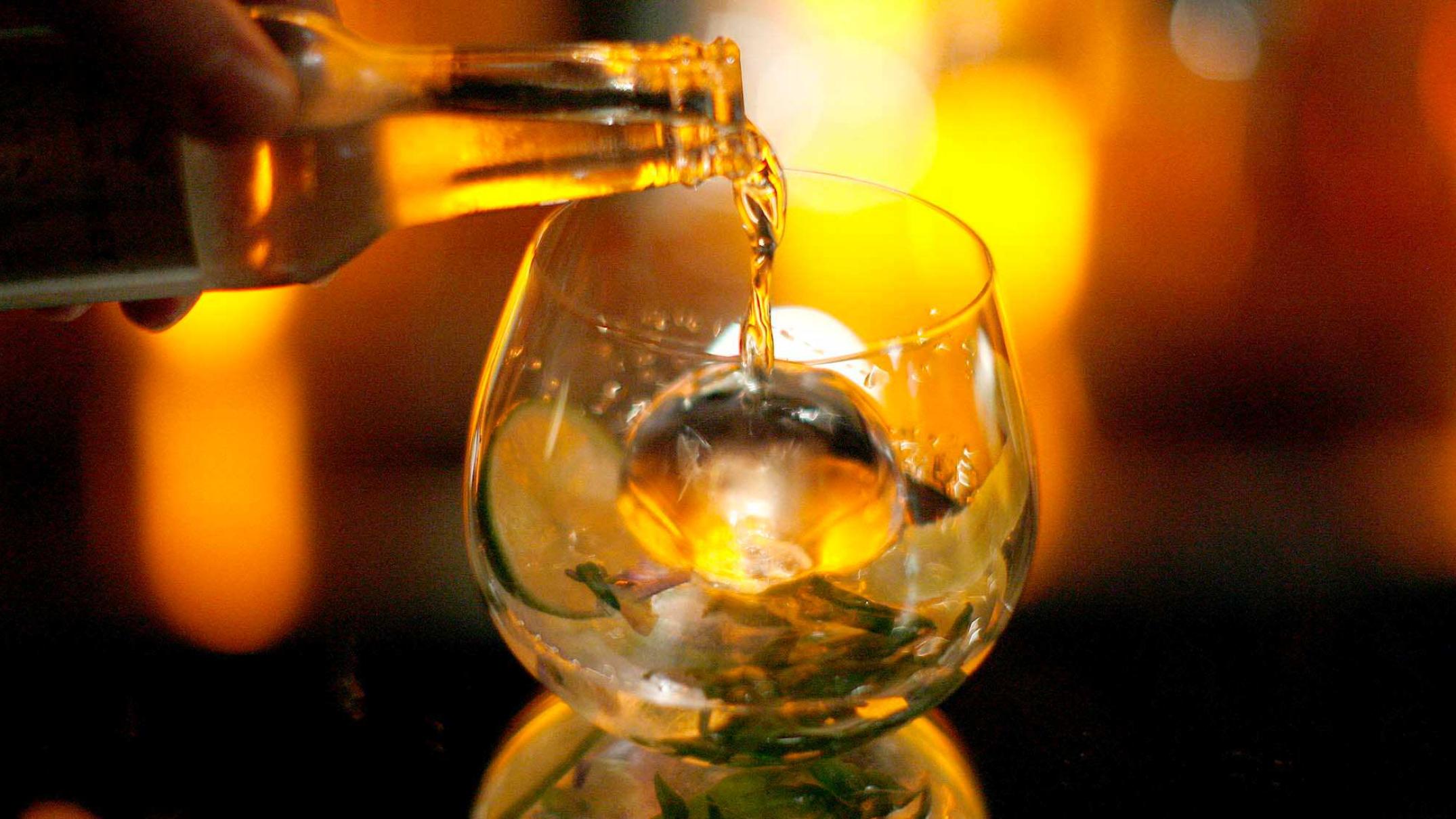Australia’s boutique gin industry renaissance appears to be continuing with new distilleries popping up in regional areas.
Key points:
- St Mary’s Wines wins a gold medal and best in class for its London dry gin
- A South Australia industry leader praises regional gin production
- A gin distillery is planned for the Kilsby Sinkhole, using its crystal clear water
While Australia’s gin production has exploded in the past decade, South Australian regional operators are now turning to unique botanicals to capitalise on a new generation of gin consumers.
Distillery artisans are using blends of Australia’s native ingredients to develop different styles to catch the attention of those consumers.
Already, there are more than 40 distilleries across South Australia.
A small distillery on the Limestone Coast has caught the eye of judges at the GinNation Consumer Gin Awards.
Based in the famous terra rossa soil Coonawarra red wine district, St Mary’s Wines entered their London dry gin in the awards, winning a gold medal and best in class in the classic dry category.
Well-known for decades of experience in winemaking, it was vindication for Ian Mulligan who only recently decided to expand into the gin market.
Mr Mulligan began working on the distillation alongside his brother, Robin, in 2015, but only finalised the gin around 10 months ago.
“It was one of our first projects, but we just didn’t get the recipe right, so we started working on other products,” he said.
“We finally got into the upper end of the distillery again and worked on it.”
Mr Mulligan said he was glad they took the extra time to produce the award-winning product.
“It’s not only the combination of the botanicals that you have involved with the gin, it’s also the alcohol and we produce everything off the place,” he said.
“We don’t buy in any alcohol and then add our botanicals to it.
“Robin worked out the recipe for the mash to make the gin base and then we worked together to actually build the botanicals, so without that extra time we definitely feel like we would have rushed it.”
Mr Mulligan said they were now focused on producing more products using ingredients from their own backyard.
“We’ve got a wildlife sanctuary down the back and, of course, there are all sorts of different wattles, native lemons, and different plants and herbs down there,” he said.
A taste of South Australia in every gin
Praising the innovation from gin distillers in the South East, South Australian Spirits Producers Association president George Georgiadis said the success was representative of what was happening right across the state.
“We’ve long appreciated our regions for food and wine, particularly, and now distilleries have slotted in as a very complimentary thing to have in the regional areas that people can visit,” he said.
The South East’s Sinkhole Gin is inspired by that approach.
It uses Limestone Coast filtered water direct from the aquifer supplying the Kilsby Sinkhole, located near Mount Gambier.
“So what we decided to do was actually take the water from the sinkhole.”
With plans to build a distillery onsite at the Kilsby Sinkhole, Mr Kilsby hoped the new boom in gin production would help drive tourism in the South East.
“I think the Limestone Coast has so much to offer and there are a lot of good things coming out of the region and gin is one of them,” he said.




